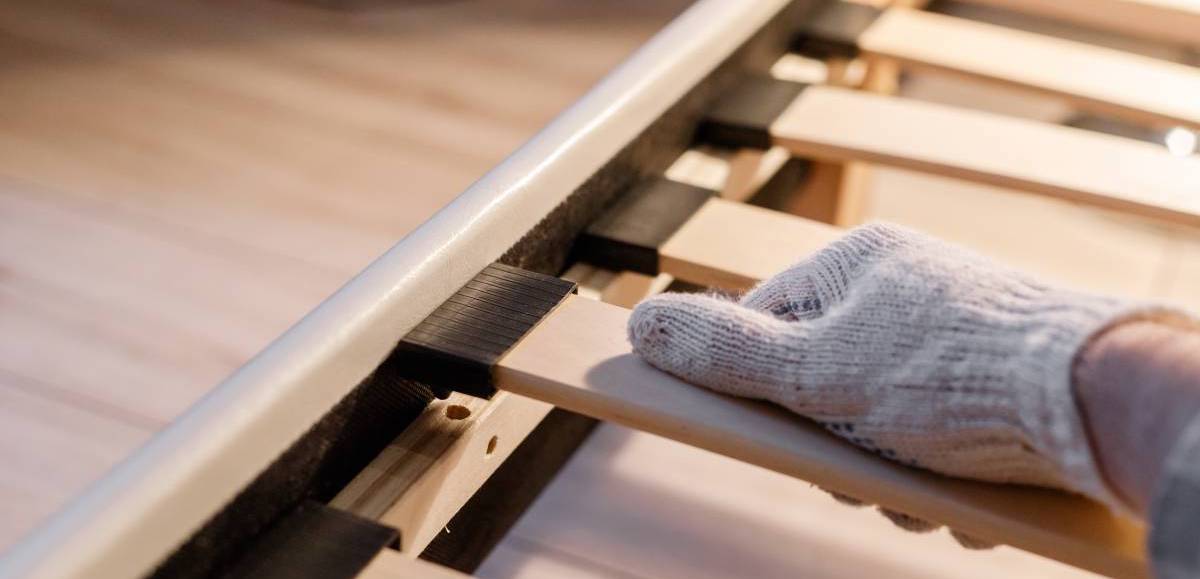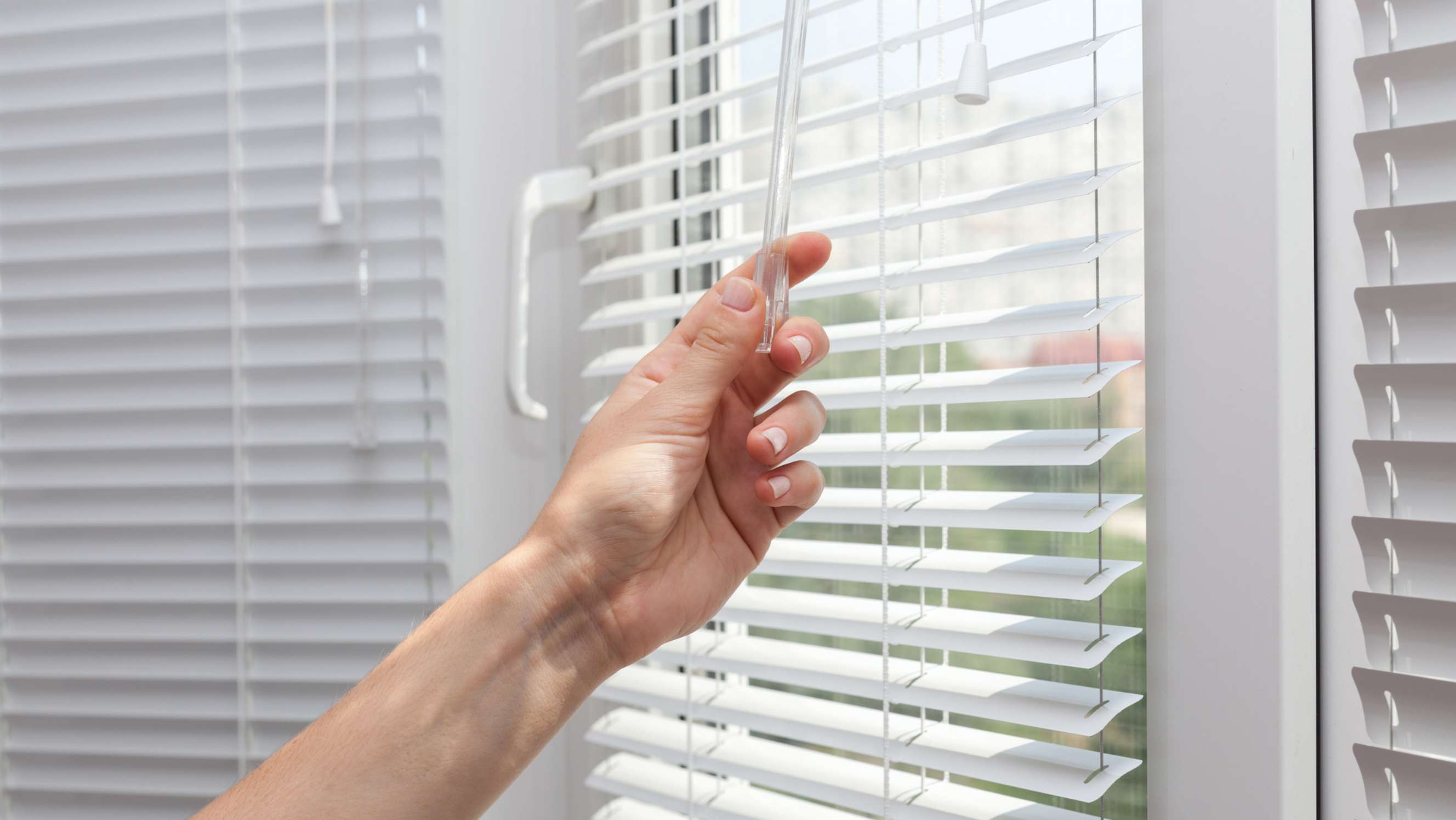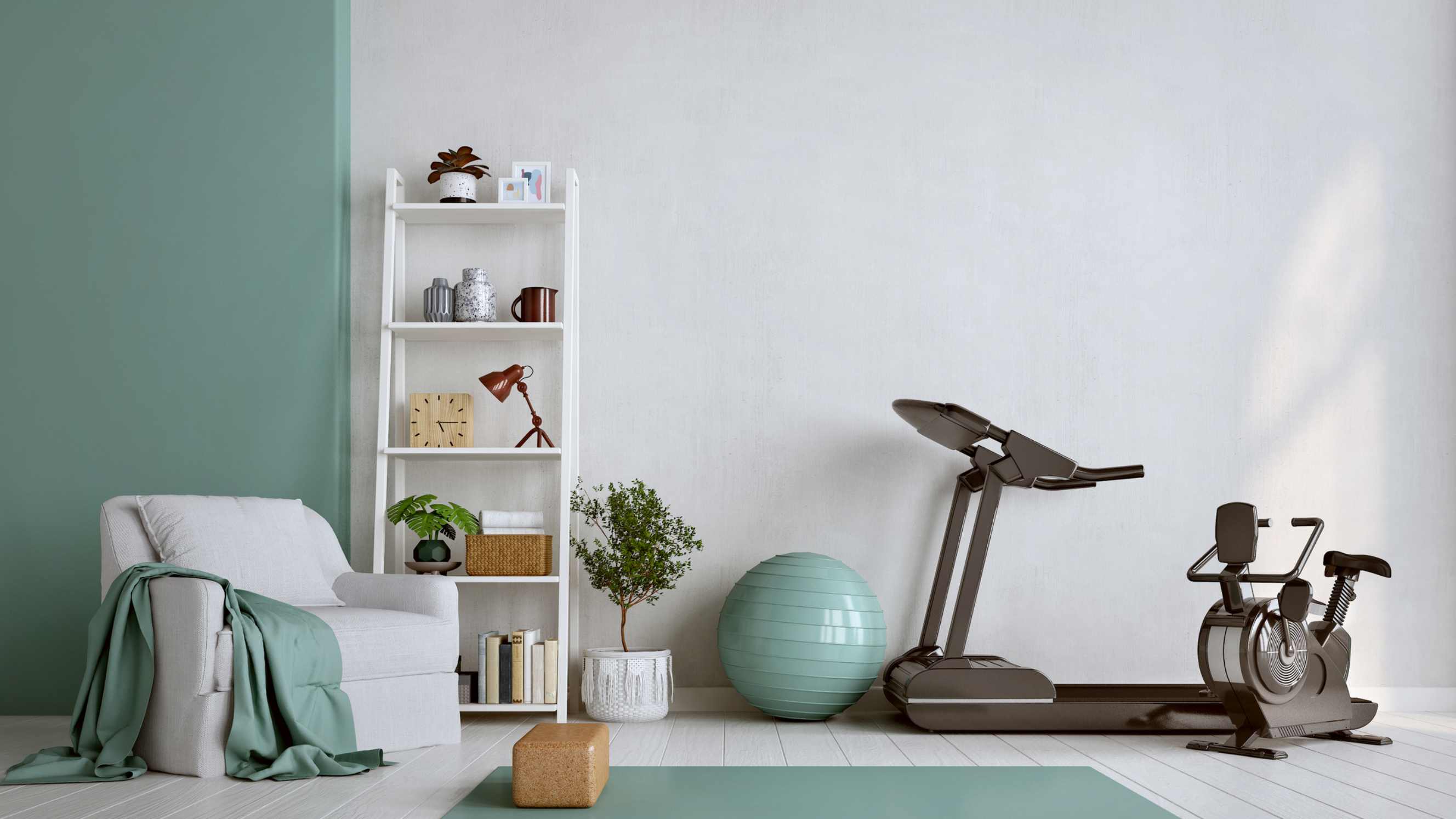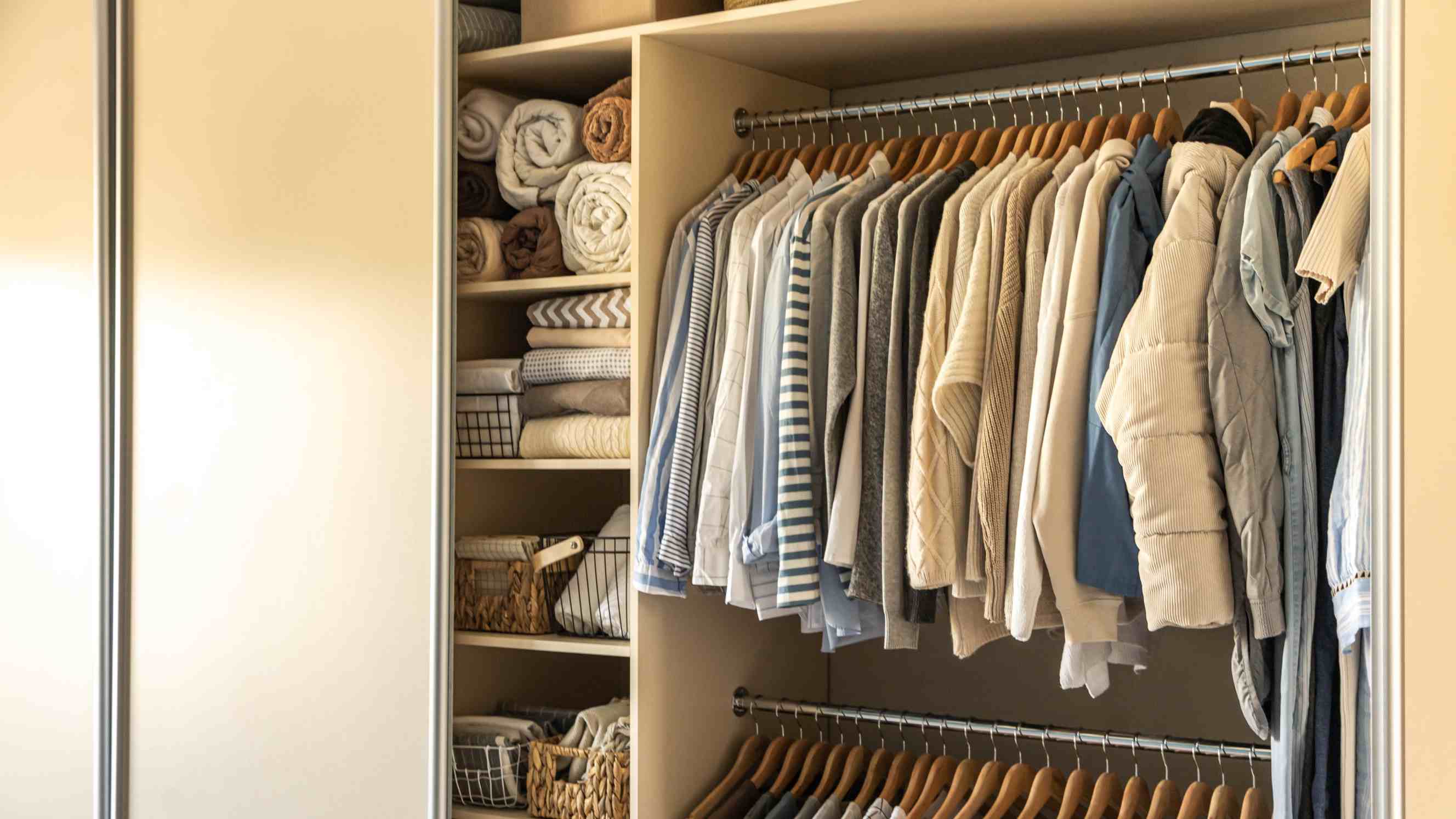- Home/
- Comparisons/
- Assembly/
- Drapes vs. Curtains vs. Blinds

Drapes vs. curtains vs. blinds: Which should you choose?
Comparing drapes, curtains, and blinds based on their light control, design options, assembly process, and more.
Hire an expert assemblerLast Updated on
Key Facts
- Blinds are versatile window coverings made of slats that can be adjusted for light and privacy with a simple mechanism.
- Curtains are fabrics that frame windows and offer a range of opacity for light control, privacy, and aesthetic appeal.
- Drapes are heavy fabric coverings that completely block out light and offer maximum privacy.
When personalizing your home or room, the window treatment is often overlooked. Many people don't realize that what you'll end up picking will dictate the area's vibe, privacy, and functionality.
Is it going to be drapes or curtains? How about blinds? Is there even a difference? This guide will put drapes vs. blinds vs. curtains to the test. We'll break down the good, the bad, and the stylish. All in the name of helping you find your perfect match.
Looking for total darkness to catch some Z's? Need to keep nosy neighbors at bay? Or just want to jazz up your decor? In the end, it's all about making your space feel like you.
What are drapes?

Draperies, or drapes as they're often called, are made from heavier materials, excellent for blocking out light completely and adding an extra layer of insulation. This feature alone makes them a go-to choice for bedrooms or any room where controlling natural light is a priority.
When we talk about drapery and curtain differences, the material's weight and opacity are where the distinction really shines. Drapes also come in various types, offering a range of styles from elegant and formal to modern and casual.
With such versatility, it's easy to find drape types that fit your room's vibe and your personal style to a T. Whether you're aiming for a dramatic look or something more subdued, there's a drape out there that can make your room feel like a million bucks without making the process feel like rocket science.
What are curtains?

Curtains are one or more pieces of fabric that hang from a rod above your window. They come in different types, patterns, colors, and lengths.
Curtains are associated with traditional or classic decor styles and can add a touch of elegance to any room. They also offer versatility, as you can easily change them to switch up the look and feel of your space.
What are blinds?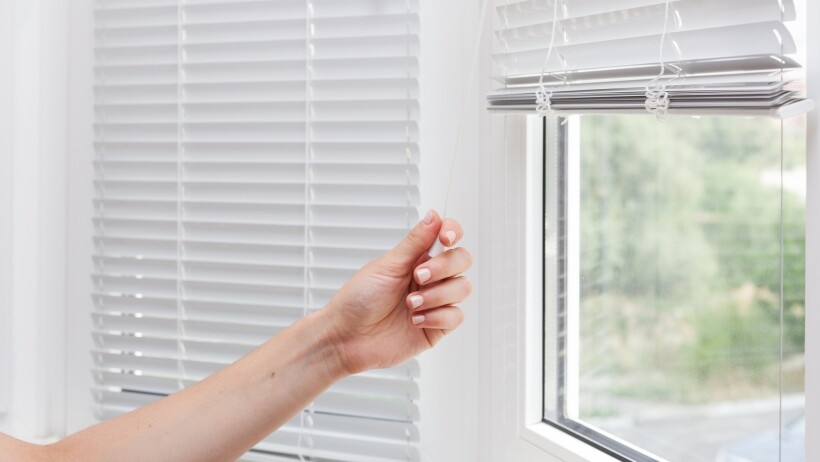
Blinds are coverings made of multiple horizontal or vertical slats that can be adjusted for privacy. By tilting the slats open or closed with a simple mechanism, you can regulate the amount of light entering your room. Some blinds also come with a cord or wand to raise or lower the entire covering.
Blinds are typically made of wood, aluminum, vinyl, or fabric and offer various styles such as Venetian, Roman, roller, vertical, and more. They’re perfect for modern homes with clean lines and minimalistic decor.
Although the terms are often mixed up, shutter and blinds are entirely different. Shutters are solid panels that swing open or close, while blinds have adjustable slats.
Drapes vs. curtains vs. blinds: Which is the better window treatment?
Choosing between drapes, window blinds, or curtains ultimately comes down to personal preference and the needs of your space. Here are some key factors to consider when making your decision:
In terms of appearance
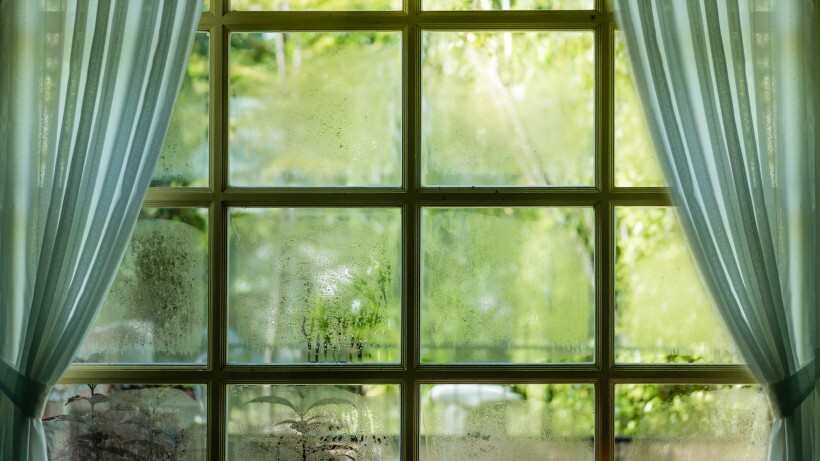
When it comes to appearance, each covering type offers unique aesthetic advantages. Window drapes typically feature a thicker fabric that extends to the floor. This gives a formal and polished look that's perfect for living rooms or dining areas. They also come in a variety of luxurious materials, such as velvet or heavy silk.
On the flip side, curtains offer a lighter touch with fabrics ranging from sheer cotton to linen. This makes them a go-to for a breezy, casual appearance. They're available in countless patterns, colors, and lengths, so you can always mix and match your decor vibes. Curtains can float just above the floor, skim the sill, or puddle on the ground, depending on the style you're going for.
But which one to choose between blinds or drapes? That's a question many wrestle with, but blinds present an entirely different look with their structured slats and sleek lines. They're made from materials like wood, aluminum, or vinyl, offering a clean, minimalist aesthetic that pairs well with modern and industrial themes. They're great for controlling light with precision, but they don't have the soft flow of fabric that drapes and curtains bring to the table.
In terms of light control
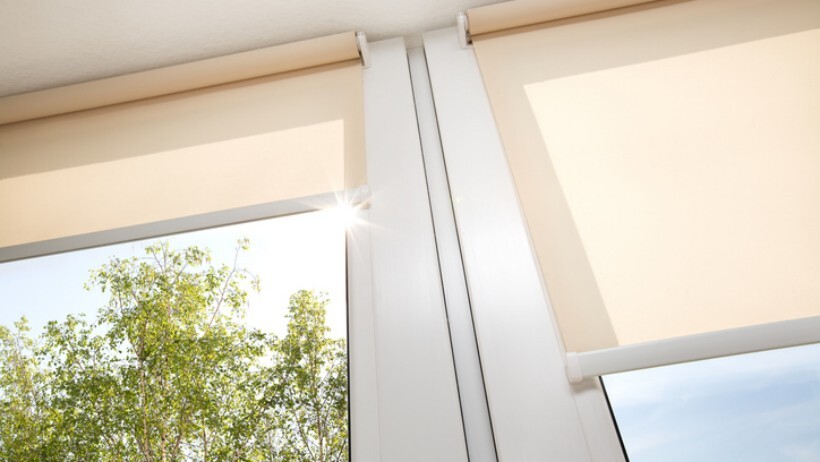
Blinds are great for controlling light. Unlike curtains, they have adjustable slats. You can tweak them to let in just the right amount of light by adjusting the angle or lifting them for maximum brightness in your room.
This feature is what makes blinds a great fit for spaces like home offices or bedrooms. You know, places where how much light comes in is super important for getting stuff done or catching some Z’s. Curtains can also block or filter light based on the fabric, but they’re not as precise as blinds.
A pro tip, combining light-filtering curtains and Venetian blinds can help create a cozy atmosphere by gently diffusing sunlight. There are also blackout curtains made for bedrooms that are great at keeping the room dark. Just keep in mind that they give you less control over adjusting light levels during the day.
Drapes, with their thicker fabric than curtains, offer a similar level of light blockage but add an element of elegance to a room. They can be combined with blinds for a layered approach to light and privacy control for the best of both worlds.
In terms of privacy

Blinds and curtains both offer privacy, but again, blinds have the upper hand. You can easily adjust the slats to allow light in while still maintaining privacy. With curtains, you’ll have to keep them closed for full privacy.
However, curtains do come in thicker fabrics called drapes that can completely block out any peeping tom’s view (or annoying neighbors). So, if privacy is your main concern, make sure to invest in good-quality curtains in velvet, heavy cotton, blackout fabrics, and thick polyester blends.
Now, if you’re wondering about either drapes or blinds, you can always have both. Install blinds in your window frames and dress them up with curtains for a layered look that adds texture to the room.
In terms of insulation
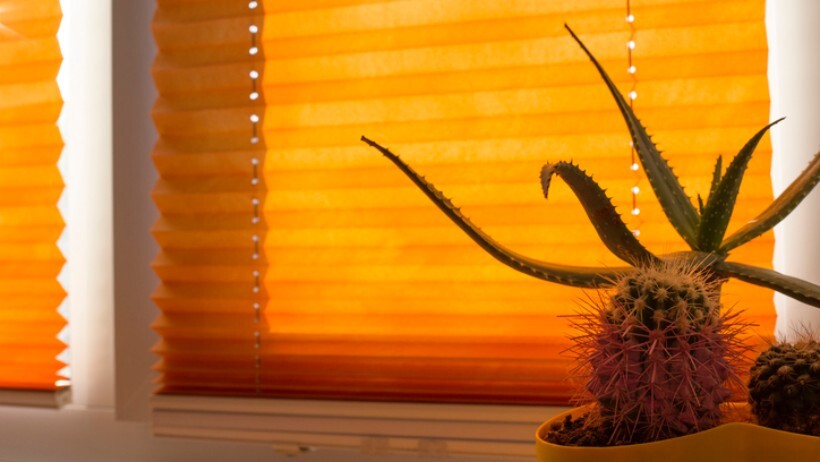
Blinds and curtains can also help with insulation and reduce greenhouse heating in your home. During the colder months, they can help keep warm air inside. Meanwhile, they can keep cool air from escaping in the hotter months.
However, when it comes to energy efficiency, thicker curtains are the clear winner. They provide better insulation than blinds due to their heavier fabric and ability to completely cover windows. This can lead to lower energy bills and a more comfortable living space.
Blinds may not provide as much insulation, but they do have the advantage of being able to control light and airflow better. This can be beneficial in certain areas of the house where you want to let in natural light or fresh air during specific times of the day.
Meanwhile, drapes are much like thick curtains. They offer excellent insulation with their heavier fabrics and full window coverage. They add an extra layer of thermal protection, too. So, they're ideal for enhancing your home's overall comfort.
In terms of design options

Blinds and curtains give you tons of design choices to match your style. Blinds have options like wood, fabric, or metal, with colors and patterns to customize. Curtains offer various fabrics and styles like sheer, patterned, or solid. Combining curtains and blinds together can add texture and dimension to a room while still maintaining functionality.
They can also be layered with other window treatments for a more unique look. For example, combining curtains and blinds together can add texture and dimension to a room while still maintaining functionality.
Drapes are a perfect choice for creating a sophisticated atmosphere. They can also be layered with other window treatments for a more unique look. For example, adding drapes to a mix of curtains and blinds enhances the room’s aesthetic appeal and functionality.
Additionally, all options have different styles for how they open and close. It’s usually vertical or horizontal for blinds, or pulling to the side or parting in the middle for curtains and drapes. This allows you to choose what works best with your space and preferences.
So, if you’re going to add either drapes, blinds, or curtains for the living room, choose one that complements the overall design of your space. Neutral colors, such as white or beige, can blend in seamlessly with any type of interior decor.
In terms of the assembly process
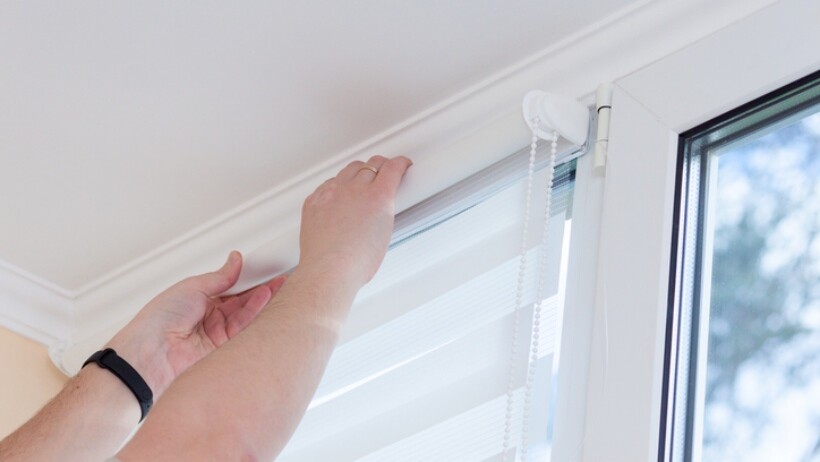
The installation process for blinds, curtains, and drapes is usually straightforward.
Blinds can be easily mounted onto the window frame or even inside the frame for a cleaner look. On the other side, curtains and drapes require a rod that needs to be attached to the wall above the window, and then you simply slide on the curtain panels. Some may also opt for drapery hooks to hang their drapes instead.
Both options offer easy and reversible installation, so you can switch up your window treatments whenever you please. However, there are certain types of blinds that may require more precise measurements and hardware for installation.
For example, if you’re going to consider roller blinds vs. curtains as a window covering, you’d definitely have an easier time putting up the latter. You only need to measure curtains, attach them to the rod, and you’re good to go.
When it comes to cleaning your blinds, they can be wiped down with a damp cloth or vacuumed with a brush attachment. Curtains and drapes can typically be machine-washed or dry-cleaned, depending on the fabric. Steam cleaning may be an option for tougher stains.
In terms of cost

When it comes to cost, the price range for blinds and curtains can vary greatly depending on the material, size, and brand. Generally, blinds are more expensive than curtains due to their intricate design and functionality. Installation can even go from $15 to $50 per window.
The cost of the blinds itself depends on whether they’re pre-made or customized. The table below lists the usual prices you should expect:
Material |
Pre-made blinds cost |
Customized blinds cost |
Aluminum blinds |
$25-$80 |
$50-$150 |
Bamboo blinds |
$30-$80 |
$60-$150 |
Fabric blinds |
$50-$100 |
$100-$200 |
Fake wood blinds |
$30-$150 |
$75-$200 |
Leather blinds |
$75-$100 |
$150-$300 |
Plastic blinds |
$20-$50 |
$30-$100 |
Synthetic blinds |
$25-$50 |
$40-$100 |
Vinyl blinds |
$15-$150 |
$20-$250 |
Wood blinds |
$30-$250 |
$60-$300 |
Curtains and drapes, on the other hand, come in a wide range of prices. Affordable options at big-box stores can cost anywhere from $3 to $15. Meanwhile, more luxurious and tailored options made with high-quality fabrics can go upwards of $1,000 to $2,500 for an entire living room setup.
Simplify your curtain and blind assembly with Airtasker
Choosing and installing the right window covering can dramatically enhance the comfort and style of your home. But we get it—life's busy, and sometimes you just don't have the time or expertise to tackle everything on your own. That's where Airtasker comes in handy.
By posting your installation task on the platform, you'll connect with skilled professionals who are ready to get the job done for you with no sweat involved. Whether it's blinds, curtains, or drapes you're looking to hang, there's someone on Airtasker who's got the know-how and the tools to make it happen.
Why wrestle with measurements and mounts when you can get it expertly done with a few clicks? Post a task today and connect with professionals who can make your window makeover a breeze.
Drapes vs. curtains vs. blinds
| Drapes |
Curtains |
Blinds |
|
| Light Control |
Block out light completely; great for bedrooms |
Offer a range of opacity; less precise than blinds |
Adjustable slats offer precise control over light entry |
| Privacy |
Provides maximum privacy |
Thicker fabrics provide complete privacy when closed |
Slats can be adjusted to allow light while maintaining privacy |
| Insulation |
Best insulation due to heavy materials |
Thicker materials provide better insulation and energy efficiency |
Less effective than curtains and drapes, but can still help with insulation |
| Design Options |
Available in elegant, formal styles |
Wide range of types, patterns, colors, and lengths for aesthetic appeal |
Various materials (wood, aluminum, vinyl, fabric) and styles |
| Assembly Process |
Usually require complex setup and heavier hardware |
Generally easier to install; requires a rod for hanging above the window |
Can require precise measurements for installation; may need professional help for a cleaner look |
| Cost |
Generally more expensive due to the fabric’s thickness and potential as a blackout covering |
Wide price range; can be more affordable or luxurious depending on fabric quality |
Also more costly due to its intricate design and functionality |
FAQs on drapes, curtains, and blinds
The 3 popular styles of curtains and drapes are panels with rings, rod-pocket panels, and tab-top panels. The first one, also known as grommets, are panels hung from rings attached to the top fabric. Rod-pocket panels are hung by slipping the rod into a hollow fabric channel at the top. Tab-top panels have loops of fabric sewn on the top part.
People often choose to put curtains over blinds for extra insulation and light management. Curtains also offer more versatility in terms of style, and some people prefer the softer aesthetic that they bring.
Choosing between curtains and blinds can really change how big a room feels. Blinds, with their sleek design, can make a room seem more spacious and clean. On the other hand, if you pick the right curtains - with the perfect fabric and hung up high and wide - they can also give the impression of a larger room by drawing your eye up and making the windows look wider.
Curtains really vary in thickness. You've got your sheer ones that let in light but still give a bit of privacy. And then there are the blackout ones that are super thick and great for keeping the light out.
Find assemblers, fast
Post a task
Related articles



